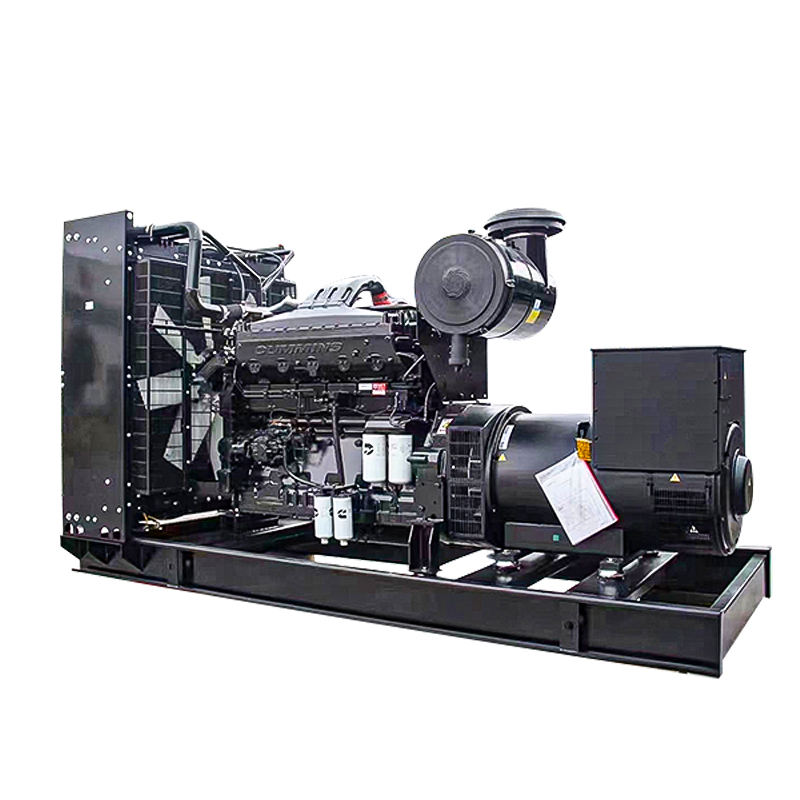The Importance of Effective Load Management
Did you know that proper load management can significantly enhance the performance, lifespan, and efficiency of your generator set? As power demands fluctuate, it's crucial to maintain an optimal load level to prevent strain on your generator and ensure consistent power output. But what does effective load management entail? Let's dive in.
Understanding Power Demand Fluctuations
Have you ever wondered why power demands vary so much? Factors such as time of day, weather conditions, and user behavior all contribute to these fluctuations. By understanding the patterns and causes of these variations, you can better anticipate and manage your generator set's load, ultimately leading to improved performance and cost savings.
Load Balancing: The Key to Optimal Performance
Load balancing is the process of distributing power demands evenly across multiple generators or sources. By doing so, you can prevent any single generator from being overloaded, which can lead to decreased efficiency, increased wear and tear, and even potential failure. Interestingly enough, load balancing can also help you make the most of your generator set's capacity, reducing the need for costly upgrades or additional equipment.
Maximizing Generator Efficiency
Efficiency is the name of the game when it comes to generator sets. A more efficient generator not only saves you money on fuel costs but also reduces environmental impact. So, how can you squeeze the most efficiency out of your generator set? Here are a few tips:
Peak Load Management Techniques
Managing peak loads is an essential aspect of generator set load management. By anticipating and preparing for periods of high demand, you can ensure that your generator set can handle the load without compromising performance or reliability. Here are some strategies for effective peak load management:
- Demand response programs: These programs incentivize users to reduce their power consumption during peak hours, helping to alleviate strain on the grid and your generator set.
- Energy storage solutions: Battery storage systems can store excess power during off-peak hours and supply it during periods of high demand, helping to smooth out load fluctuations and reduce the burden on your generator set.
- Load shedding: In extreme cases, it may be necessary to temporarily disconnect non-essential loads to prevent overloading your generator set. By strategically shedding loads, you can maintain power to critical systems while protecting your generator from damage.
Putting It All Together: A Comprehensive Approach to Generator Set Load Management
In my experience, the most successful generator set load management strategies are those that take a holistic approach, considering all aspects of power demand fluctuations, generator efficiency, and peak load management. By combining the tips and techniques outlined in this article, you can optimize your generator set's performance, reduce costs, and ensure reliable power output, even under varying demands.
Next Steps: Assessing Your Current Load Management Strategy
Now that you're armed with a wealth of knowledge on generator set load management, it's time to put that information into action. Here are some questions to consider as you evaluate your current strategy:
- How well does your current load management system handle power demand fluctuations?
- Are there opportunities to improve your generator set's efficiency through maintenance, sizing, or control systems?
- What peak load management techniques are currently in place, and how effective are they?
By answering these questions and implementing the appropriate changes, you can take your generator set load management to the next level and enjoy the benefits of optimized performance and cost savings.





